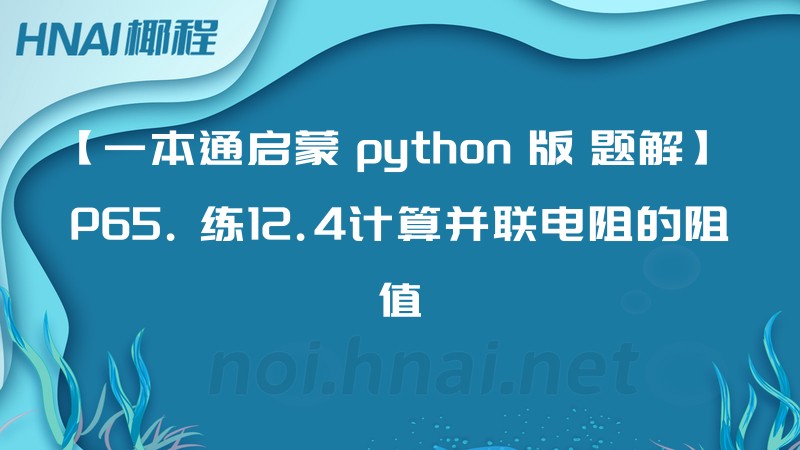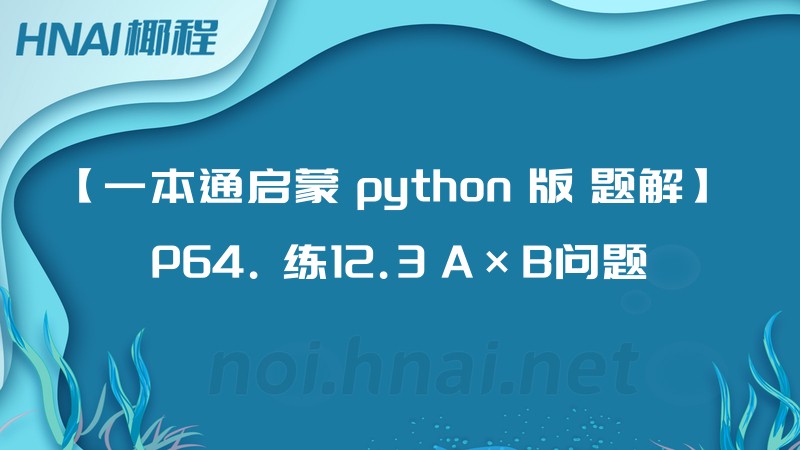P66. 【例13.1】空格分隔输出
说明
读入一个字符,一个整数,一个单精度浮点数,一个双精度浮点数,然后按顺序输出它们,并且要求在他们之间用一个空格分隔。输出浮点数时保留6位小数。
输入格式
第一行是一个字符; 第二行是一个整数; 第三行是一个单精度浮点数; 第四行是一个双精度浮点数。
输出格式
输出字符、整数、单精度浮点数和双精度浮点数,之间用空格分隔。
char = input()
integer = int(input())
float_single = float(input())
float_double = float(input())
output_str = "{} {:d} {:.6f} {:.6f}".format(char, integer, float_single, float_double)
print(output_str)
python 求解 结果 runtime 待解决:

注意事项
在使用Python进行浮点数计算时,需要注意以下一些问题:
浮点数精度问题:由于浮点数的表示和计算会存在精度损失,因此在比较浮点数时应该使用近似相等的方式,而不是直接比较。比较两个浮点数是否相等可以使用math.isclose()函数。
舍入误差问题:在进行浮点数计算时,结果可能会包含一些舍入误差。为了减小误差,可以使用round()函数对浮点数进行舍入。
数值范围问题:双精度浮点数的表示范围是有限的,超出范围的计算结果将会溢出或舍入。在进行大数值计算时,应注意数值范围的限制。
以下是一些关于浮点数运算的示例:
import math
x = 0.1 + 0.1 + 0.1
y = 0.3
print(math.isclose(x, y)) # 输出:True
a = 1.23456789
b = round(a, 3)
print(b) # 输出:1.235
c = 1e100
d = c * c
print(d) # 输出:inf







